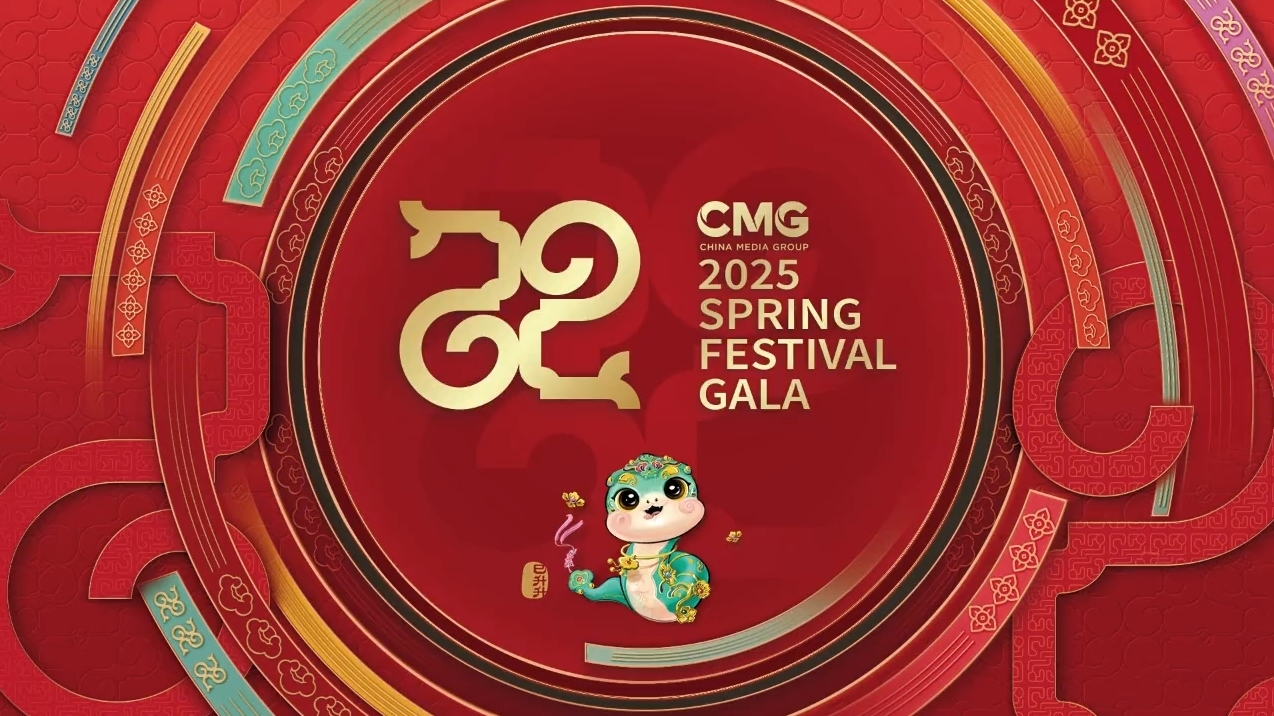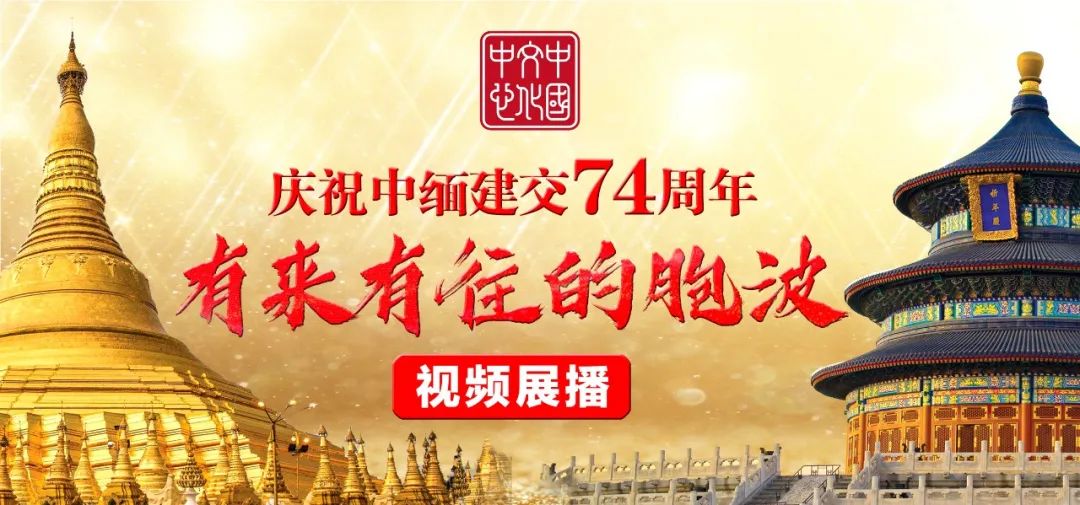“Nihao! China” - 2024 Silk Road Tourism Overseas Promotion Season – Shaanxi (2)
Emperor Qinshihuang's Mausoleum Site Museum
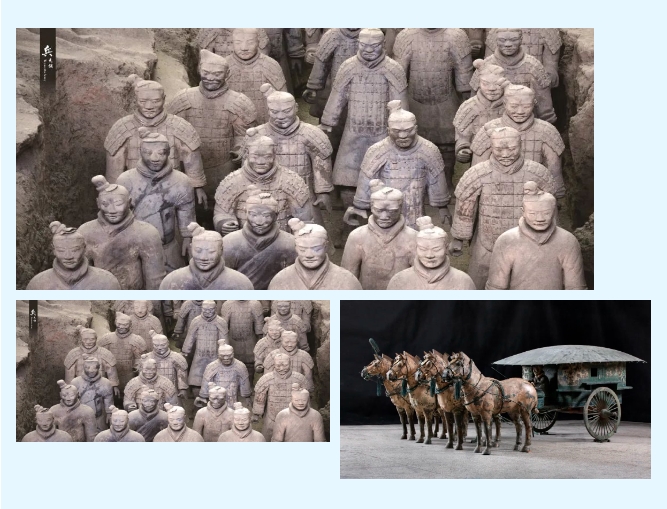
The Emperor Qinshihuang's Mausoleum is the largest imperial mausoleum with the most abundant relics ever discovered by Chinese archaeology. In this huge "underground kingdom", various burial pits,more than 600 burial tombs and building foundations of millions of square meters have been discovered,from where a large number of exquisite cultural relics such as Terracotta Warriors and Horses and Bronze Chariot and Horses are excavated.ln 1987,the Emperor Qinshihuang's Mausoleum(including the pits of Terracotta Warriors and Horses) was included in the World Heritage List by the UNESCO, and became one of Chinese first six sites of heritage in the list.
Terracotta Warriors and Horses pits are the burial pits of the Emperor Qinshihuang's Mausoleum and also the main exhibits of the Emperor Qinshihuang's Mausoleum Site Museum. At present, the three available pits cover an area of more than 20,000 square meters, and nearly 8,000 terracotta figures and horses that can be unearthed have been excavated.
Bronze Chariot and Horses are the largest, most complex and best preserved bronze chariot and horses in the archaeological history of the 20th Century. It is assembled with more than 3,000 parts,which fully embodies the outstanding bronze smelting technology in ancient China.
Big Wild Goose Pagoda (Dayan Pagoda)
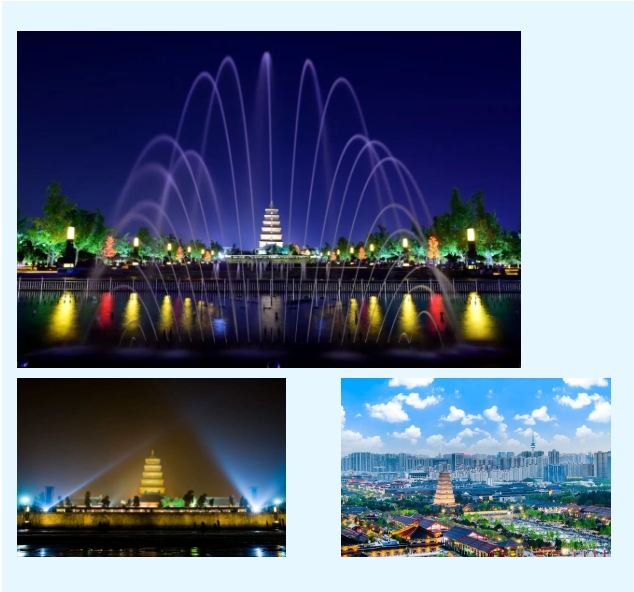
In AD 652, Xuanzang, the eminent monk of Tang Dynasty, presided over the construction of the Big Wild Goose Pagoda for the enshrinement of the scriptures, statues and relics brought back from India via the Silk Road to Chang'an, in the Daci'en Temple.
As a landmark of Chang'an City of the Tang Dynasty, the Big Wild Goose Pagoda has become an urban landmark of Xi'an now, and it was added to the World Heritage List as the site of the "Silk Road: Road Network of Chang'an-Tianshan Corridor". The Big Wild Goose Pagoda is China's earliest and largest square brick pagoda of loft style, with a height of 64m, and seven floors. There are two monuments on the bottom, written by Emperor Taizong of Tang and Emperor Gaozong of Tang repectively, namely, Sanzang Sacred Teaching Foreword Momument and Sanzang Sacred Teaching Exordium Monument. The two works were then written by Chu Suiliang, a calligrapher in the Tang Dynasty. The monuments record the history of the spread of Buddhism of the Wild Goose Pagoda and the Silk Road with great historical and artistic value.
Xi’an City Wall

Xi'an City Wall is a landmark of the ancient capital Xi'an, initially built in the Ming Dynasty, with a history of more than 600 years. It is the largest and best preserved ancient city wall in China. With a circumference of 13.74 km and 18 gates, the wall has a series of ancient military facilities such as the moat, suspension bridge, sluice tower, arrow tower, gate tower and turret. There are several entrances to the city wall, and Yongning Gate (South Gate) is the welcoming gate of Xi'an City Wall, where tourists usually start their tour of the wall.
Cycling around the city wall is a unique travel experience in Xi'an; Tang Imperial City Wall Hanguang Gate Ruins Museum is built in the wall of Hanguang Gate, and tourists can enter the museum with the tickets; The Huancheng Park outside the city wall is a perfect place for citizens to exercise, play chess and listen to music. The Shuncheng Lane inside the city wall is home to many restaurants, cafes, crosstalk teahouses and bars.
Shaanxi History Museum
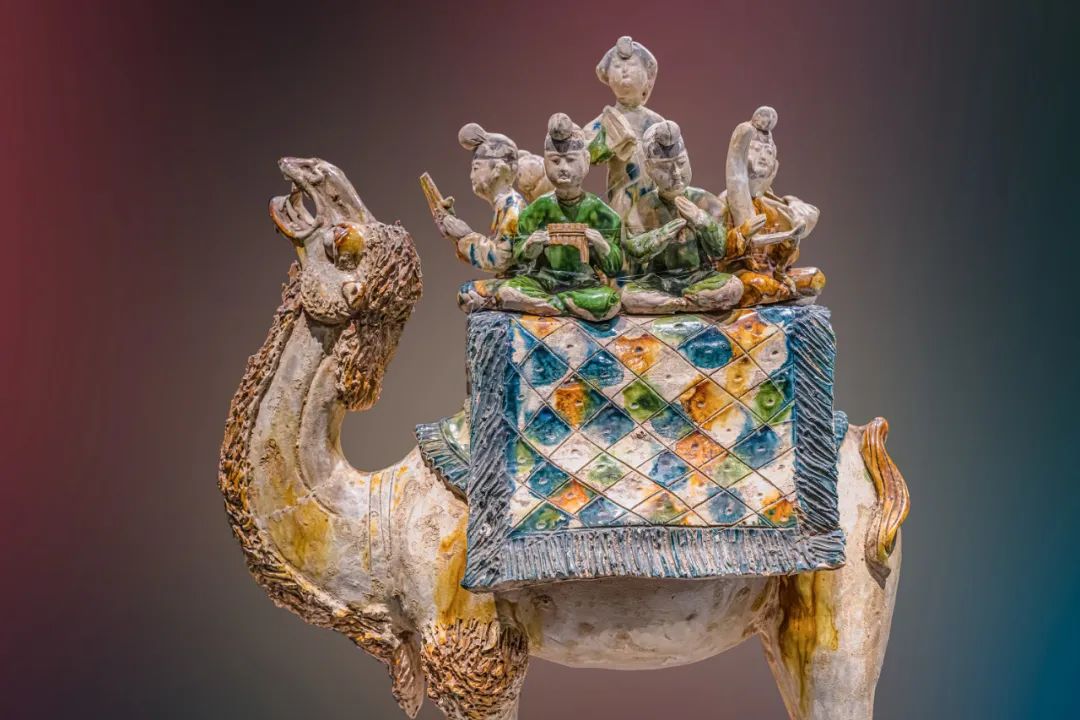
In Xi'an, the Shaanxi History Museum is a must-visit place. As the first large-scale modern national museum in China, the collection of it boasts more than 1.7 million pieces (groups) of cultural relics, ranging from simple stone tools used by ancient humans to various witnesses of contemporary social life, with a time span of more than one million years. Among these dazzling collections, the most distinctive are Shang and Zhou bronzewares, pottery figurines of past dynasties, Han and Tang gold and silverwares, and Tang tomb murals.
There is a stand on the camel’s back covered by a blanket, on which stand eight musicians, forming a mobile troupe. The artist in the Tang Dynasty romantically set the stage on the back of the camel. What a remarkable ingenuity. The Tang Dynasty embraced people around the world with opening arms, and contently received priceless treasures as well as exotic music and dance these people brought. Performers skilled at singing and dancing demonstrated their praise for the peaceful world and their pursuit of prosperous lives in the grand Chang’an, the capital of the Tang Dynasty.
Huashan Mountain
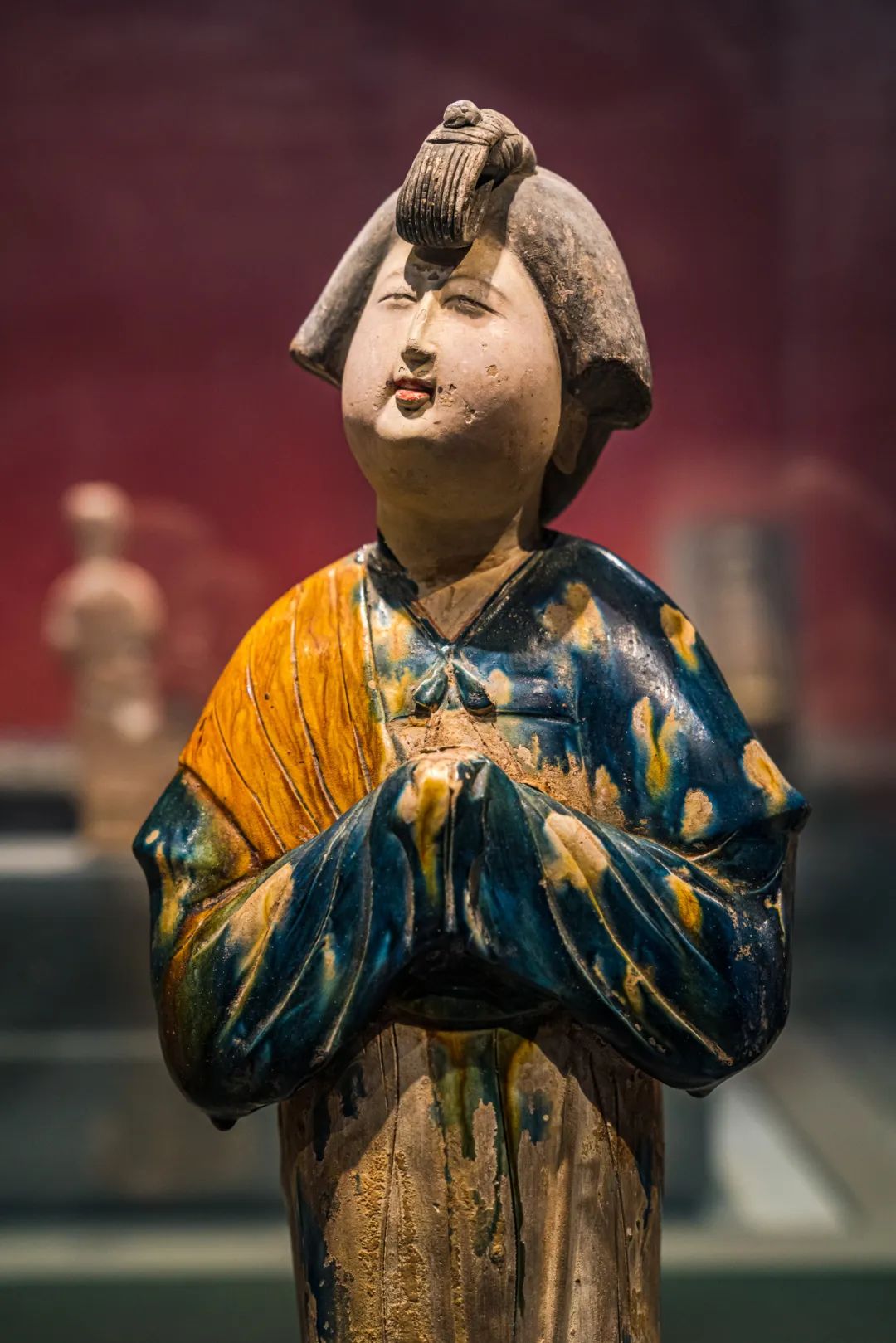
Huashan Mountain is one of the five top famous mountains in China, and also a famous mountain of Taoism in China, with its highest altitude of 2154.9 meters, and it is known as "the steepest mountain in the world". Jin Yong's "Competition on Huashan Mountain" endows Huashan Mountain with an air of the flashes and shadows of swords.
Huashan Mountain has five main peaks in the east, south, west, north and middle respectively. The top of the East Peak is the most popular sunrise viewing spot. "There was always only one road in Huashan Mountain" refers to the most classic hiking trail along which visitors can enjoy the famous scenic spots on the mountain. Two of the most thrilling and exciting attractions are the Hawk's Turming and the Changkong Skywalk. You can climb and crawl on the narrow wooden boards and stone nests on the precipice, and may get feared by the deep chasm under your feet. There are two cableways for visitors to reach the North Peak and the West Peak respectively.
Hukou Waterfalls
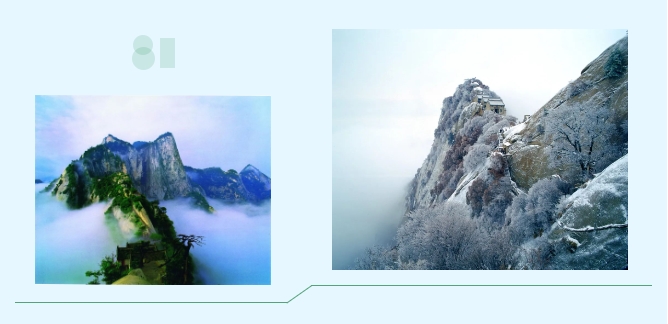
Hukou Waterfalls is the only golden waterfall in the world. The Yellow River flows through the Qin Jin Valley. The width of the river suddenly shrinks from over 400 meters to 50 meters. The water of the Yellow River roars down, and splashes huge waves, which is extremely spectacular. Hailed as the "national spirit" and the "soul of the Yellow River", Hukou Waterfalls is the spiritual symbol of the Chinese nation going forward.
Grand Tang Mall
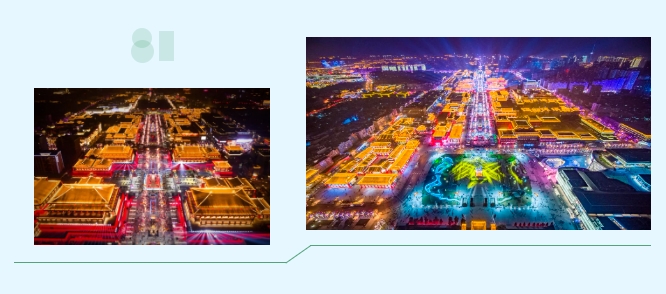
The Grand Tang Mall is the first choice to experience the Tang culture in Xi'an. Especially when the night falls, the bright lights here are like a dream to remind people of the Chang'an City of the Tang Dynasty a thousand years ago. Taking the Big Wild Goose Pagoda (Dayan Pagoda) and the statue of Xuanzang as the starting point, tourists can see sculptures of the Tang culture such as Tang Buddhist Culture, Tang Heroes Assembly and the Governance During Zhenguan Period on the 2km-long pedestrian street. In the evening, they can also enjoy Tang-style street performances such as Tumbler Show, Float Dance Battle and Flying Apsaras of Dunhuang. Besides, they can also taste many local delicacies in restaurants such as Xi'an Restaurant, Defachang, Chunfasheng and Shanshisan.

